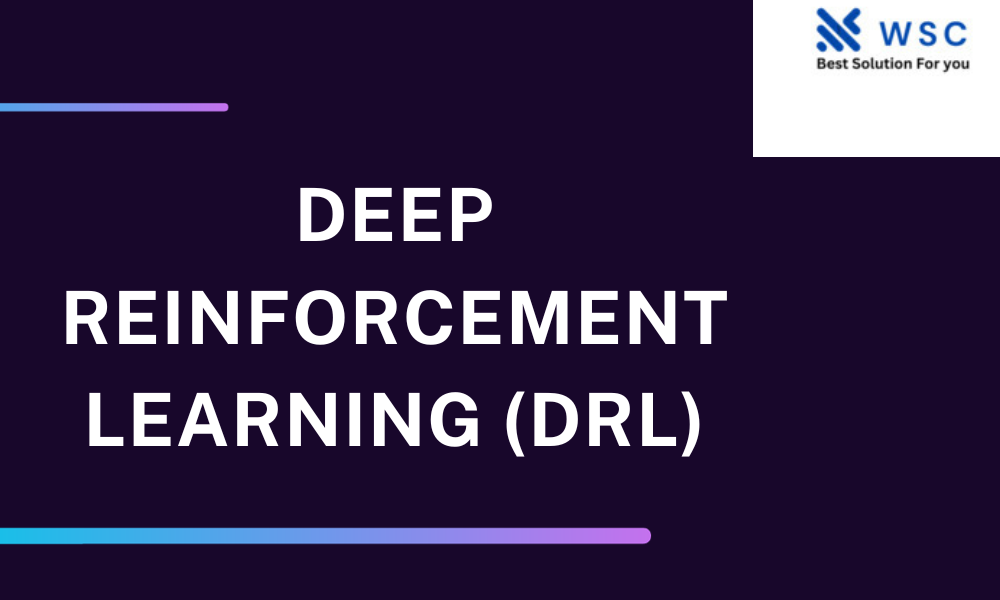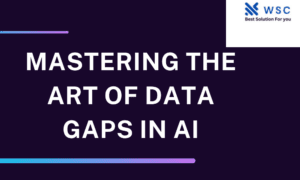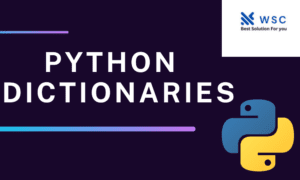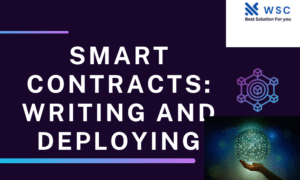In the ever-evolving landscape of artificial intelligence (AI), Deep Reinforcement Learning (DRL) stands as a pinnacle of innovation and progress. This cutting-edge technology has been transforming the way machines learn, adapt, and make decisions, making it a crucial subject of interest for researchers, developers, and enthusiasts alike. In this comprehensive article, we delve into the depths of DRL, exploring its mechanisms, applications, and its pivotal role in shaping the future of AI.
Understanding Deep Reinforcement Learning
At its core, Deep Reinforcement Learning is a subfield of machine learning that mimics the way humans and animals learn from their surroundings through trial and error. DRL combines two essential components: deep learning and reinforcement learning.
Deep Learning
Deep learning is the foundation of DRL, leveraging artificial neural networks to process vast amounts of data and make sense of it. These networks, inspired by the human brain, consist of layers of interconnected nodes that analyze input data and extract meaningful patterns. Deep learning enables DRL systems to handle complex and unstructured information, such as images, text, and sensor data.
Reinforcement Learning
Reinforcement learning, on the other hand, is all about decision-making. It focuses on teaching an AI agent how to take actions in an environment to maximize a cumulative reward. This learning process involves trial and error, with the AI agent learning from the consequences of its actions. Over time, the agent refines its strategy to achieve better outcomes.
The Power of DRL Applications
Deep Reinforcement Learning has found its way into a wide range of applications, revolutionizing industries and solving complex problems.
Autonomous Vehicles
One of the most prominent applications of DRL is in autonomous vehicles. DRL algorithms enable self-driving cars to navigate traffic, make split-second decisions, and ensure passenger safety. The ability to adapt to dynamic and unpredictable environments is a testament to the flexibility of DRL.
Healthcare
In the healthcare sector, DRL is accelerating drug discovery, optimizing treatment plans, and aiding in medical image analysis. Researchers are using DRL to discover novel drug compounds and personalize patient treatments, improving healthcare outcomes.
Gaming
DRL has also made significant strides in the gaming industry. AlphaGo, developed by DeepMind, demonstrated the prowess of DRL by defeating world-class Go players. This showcases its potential in solving complex strategic challenges.
Robotics
Robotics is another arena where DRL shines. Robots equipped with DRL algorithms can perform intricate tasks, such as warehouse automation, surgery, and even space exploration. Their adaptability and precision make them invaluable in various industries.
The Advantages of Deep Reinforcement Learning
Versatility
One of the key strengths of DRL lies in its versatility. It can be applied to a multitude of domains, from finance to entertainment, thanks to its ability to adapt to different problem spaces.
Continuous Learning
Unlike traditional machine learning methods, DRL systems continue to learn and improve over time. They adapt to changing conditions and maintain peak performance.
Data Efficiency
DRL algorithms are remarkably data-efficient, making them suitable for scenarios where collecting extensive labeled data is impractical or expensive.
import tensorflow as tf
import gym
# Define the neural network model for the DRL agent
model = tf.keras.Sequential([
tf.keras.layers.Input(shape=(state_shape)), # Define the input shape based on the environment
tf.keras.layers.Dense(64, activation='relu'),
tf.keras.layers.Dense(64, activation='relu'),
tf.keras.layers.Dense(action_space, activation='linear') # Output layer for actions
])
# Define the optimizer and loss function
optimizer = tf.keras.optimizers.Adam(learning_rate=0.001)
loss_fn = tf.keras.losses.MeanSquaredError()
# Create the Gym environment
env = gym.make('CartPole-v1') # Replace 'CartPole-v1' with your desired environment
# Training loop
for episode in range(num_episodes):
state = env.reset()
episode_reward = 0
while not done:
# Choose an action using epsilon-greedy policy or other exploration strategies
action = epsilon_greedy_policy(model, state, epsilon)
# Take the chosen action and observe the next state and reward
next_state, reward, done, _ = env.step(action)
# Compute the target Q-value for the action
target_q_value = reward + gamma * tf.reduce_max(model.predict(next_state))
# Compute the Q-value for the chosen action
with tf.GradientTape() as tape:
q_values = model(state)
selected_action_q_value = tf.reduce_sum(tf.multiply(q_values, tf.one_hot(action, action_space)))
# Calculate the loss (MSE between target and predicted Q-values)
loss = loss_fn(target_q_value, selected_action_q_value)
# Perform gradient descent to update the model
gradients = tape.gradient(loss, model.trainable_variables)
optimizer.apply_gradients(zip(gradients, model.trainable_variables))
state = next_state
episode_reward += reward
# Update epsilon (exploration rate) for epsilon-greedy policy
# Print episode statistics (e.g., episode number, total reward, etc.)
# Save the trained model if needed
Challenges and Future Prospects
While DRL holds immense promise, it is not without its challenges. Training DRL models can be computationally intensive and require substantial resources. Additionally, ensuring the safety and ethical use of DRL in real-world applications is an ongoing concern.
Looking ahead, the future of DRL in artificial intelligence appears bright. Researchers are actively working on enhancing its capabilities, making it more accessible, and addressing ethical considerations. As DRL continues to evolve, it will undoubtedly shape the next generation of AI systems.
In conclusion, Deep Reinforcement Learning is a revolutionary force in the field of artificial intelligence. Its fusion of deep learning and reinforcement learning has unlocked a realm of possibilities across various industries. From autonomous vehicles to healthcare, DRL’s adaptability and problem-solving capabilities are reshaping the way we interact with technology. Embracing the power of DRL is not merely an option; it’s a necessity for those looking to stay at the forefront of AI innovation.
Check our tools website Word count
Check our tools website check More tutorial




